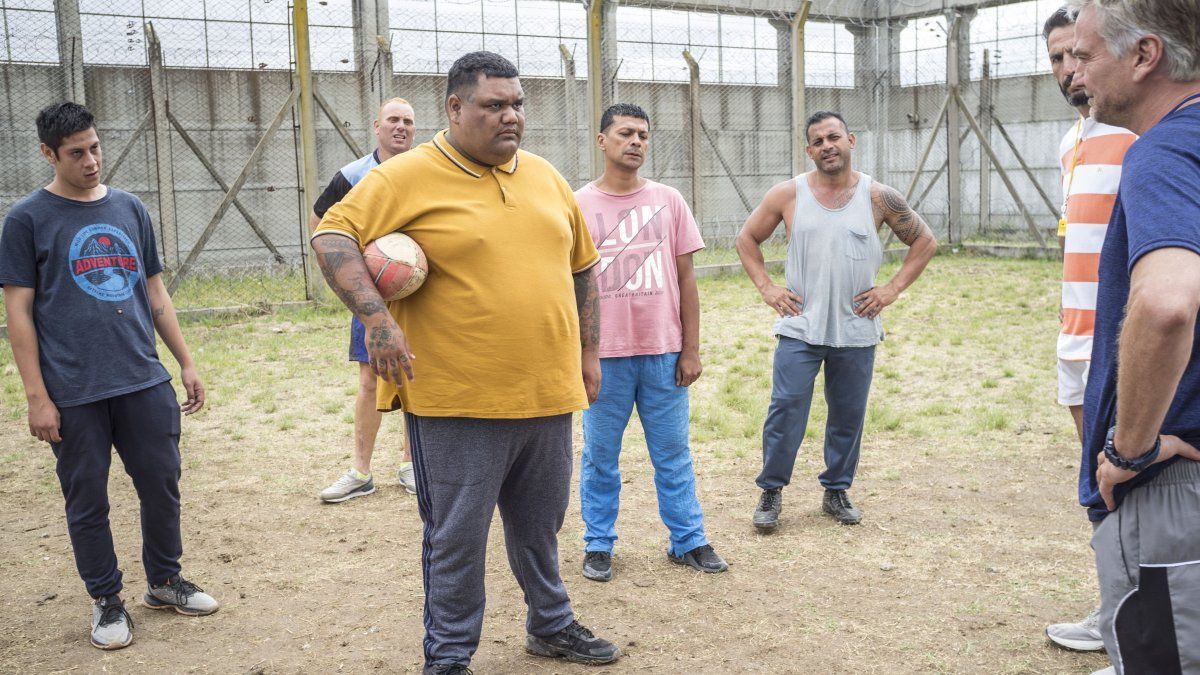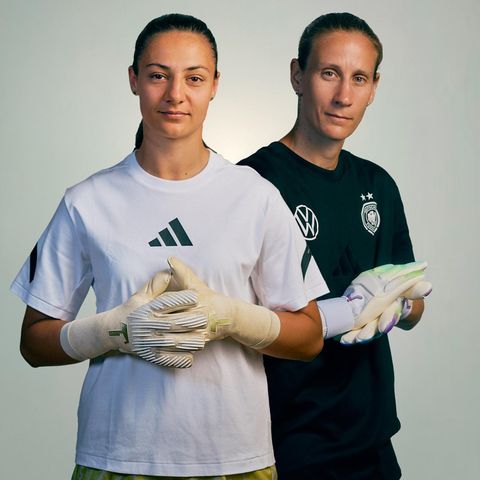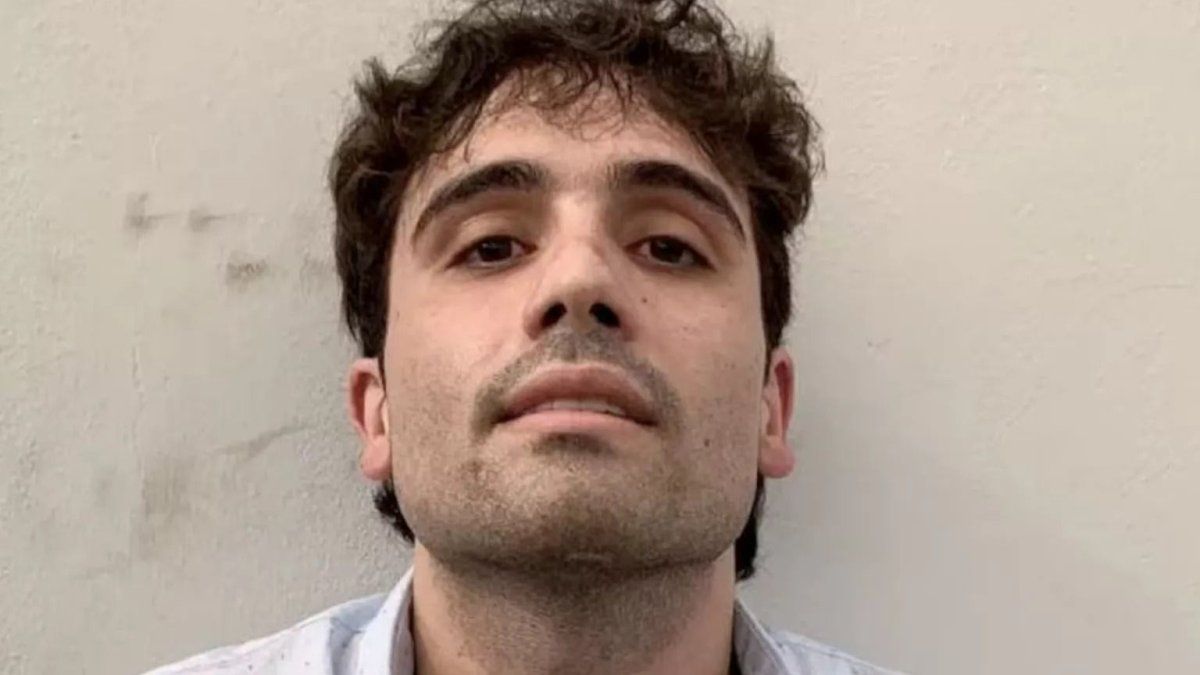The story is true, but it could have been imagined by the most creative screenwriter: a group of prisoners, a borrowed rugby ball and an idea capable of transforming lives. That is the essence of Spartans, a real storythe new dramatic series already available in Disney+With his eight episodes.
The series made by Pegsa, written by Andrés Gelós and Pablo Gelósand directed by Sebastián Pivottois inspired by the history of the criminal lawyer and former rugby player Eduardo “Coco” Oderigo (played by Guillermo Pfening) Who in 2009 gave life to “Los Espartanos”, the first prison rugby team in Argentina emerged in Criminal Unit No. 48 of the Buenos Aires town of San Martín and whose model today is replicated by volunteers and different allied organizations in 68 units of Argentina, Chile, El Salvador, Spain, Kenya, Peru and Uruguay.
Next, some curious data of the series development and recording process:
Eduardo “Coco” Oderigo’s story
Criminal lawyer, worked in the Judiciary for 15 years and played rugby at San Isidro Club (Buenos Aires) from 9 to 35 years. In 2009, Coco visited the maximum security complex of San Martín and He decided that through rugby he could help at least a person deprived of his liberty to not reincidate. Days later, he returned with a ball and trained about 10 people, giving way to the creation of the team: “The Spartans.”
The idea was born from its conviction that sport, and in particular rugby values could serve as a reintegration tool for people deprived of liberty.
With his way of accompanying in prisons, with joy and good humor, he has found a key to open doors and hold bridges between worlds that are often not touched, discovering that behind each person there are virtues to reveal, that everyone deserves a second chance.
UNNemed (1) (1) .jpg
The Royal Universe of the Spartans
For Pablo Gelós and Andrés Gelós, the authors of the series, and Sebastián Pivotto, the director, the entrance door to the universe of “The Spartans” was through not remaining fallen, the book written by Federico Gallardo which tells the origins of the rugby team. From there, the author and the director were further entering the unique history through periodic conversations with Oderigo and with ex-spartans, who shared anecdotes, sensations and reflections about the events of 2009 and everything that was happening since so. Together with them, the creative team also visited the prison No. 48, where they talked with the Penitentiary Police and the unit authorities. In addition, there they had the possibility of participating in the meetings of “The Spartans” that are carried out every Friday and allowed them to open their eyes to “feel Spartan.”
“Also I lived the experience of traveling with them within the micro penitentiary that moves them to the games outside the prisonwhere I could see them in action with their families outside the walls. All these experiences are reflected in how I handled the aesthetics and the scene of the series, ”adds Pivotto. Gradually, the link with the real protagonists of the story became increasingly narrow, which allowed them to capture the essence of the characters and the true spirit of the project.
Recordings in the penitentiary unit and the presence “Spartana”
The prison that sees “Los Espartanos” in fiction is the same that housed and houses events in real life, from rugby training on Tuesdays to the moving Mass on Fridays. For the team, having filmed in the original location contributed a special seasoning both in front and behind the camera. On the one hand, he printed authenticity to the story. On the other, he connected the creative teams with the unique spirit of “the Spartans” and the daily passing of his task.
The maximum security prison of San Martin, province of Buenos Aires, is not only the headquarters of the oldest Spartan team, but also where the Integration Model of the Spartans Foundation works. There are implemented programs that are sought to be replicated in all units of the country and abroad that are inspired by the “Spartan model”. Today the complex model has: 155 players, 544 players, 355 volunteers, 835 collaborators of the Penitentiary Service (SP), 12 pavilions, 2 synthetic grass courts, 2 multifunctional classrooms, 1 computer classroom, 1 auditorium and 2 gyms.
To guarantee the commitment to the real facts, the “Spartan presence” was constant during filming. “Coco was almost always with us and it really was a bastion when maintaining likelihood and respect for the story we had to tell,” says Pivotto. The creator of “Los Espartanos” spoke extensively with the authors of the series and with the director, while opening the doors of its foundation so that the team knew the current members of “The Spartans” and became familiar with daily work That is done with the prisoners. Even, Oderigo has a cameo in history.
In turn, with the aim of imprint of authenticity to the story, production addressed the casting process singular. “After several visits to the Criminal Unit No. 48, I felt that, to convey as faithful as possible the story of” The Spartans “, we had to work with real people mixed with professional actors,” explains the director. For that, A casting was carried out to Freedom and Freedombut real knowledge of presidiary life.
The fundamental participation of former Pumas
In order to properly portray the world of rugby, the series had Agustín Pichotformer Argentine Rugby player, as executive producer of the series, while participating in the episodes of the former players of Los Pumas, the national rugby national team from Argentina, Juan Leguizamón (Tatu) and Javier Ortega Desio (Baby).
Spartans, a real story is already available in Disney+.
Source: Ambito
I am an author and journalist who has worked in the entertainment industry for over a decade. I currently work as a news editor at a major news website, and my focus is on covering the latest trends in entertainment. I also write occasional pieces for other outlets, and have authored two books about the entertainment industry.




